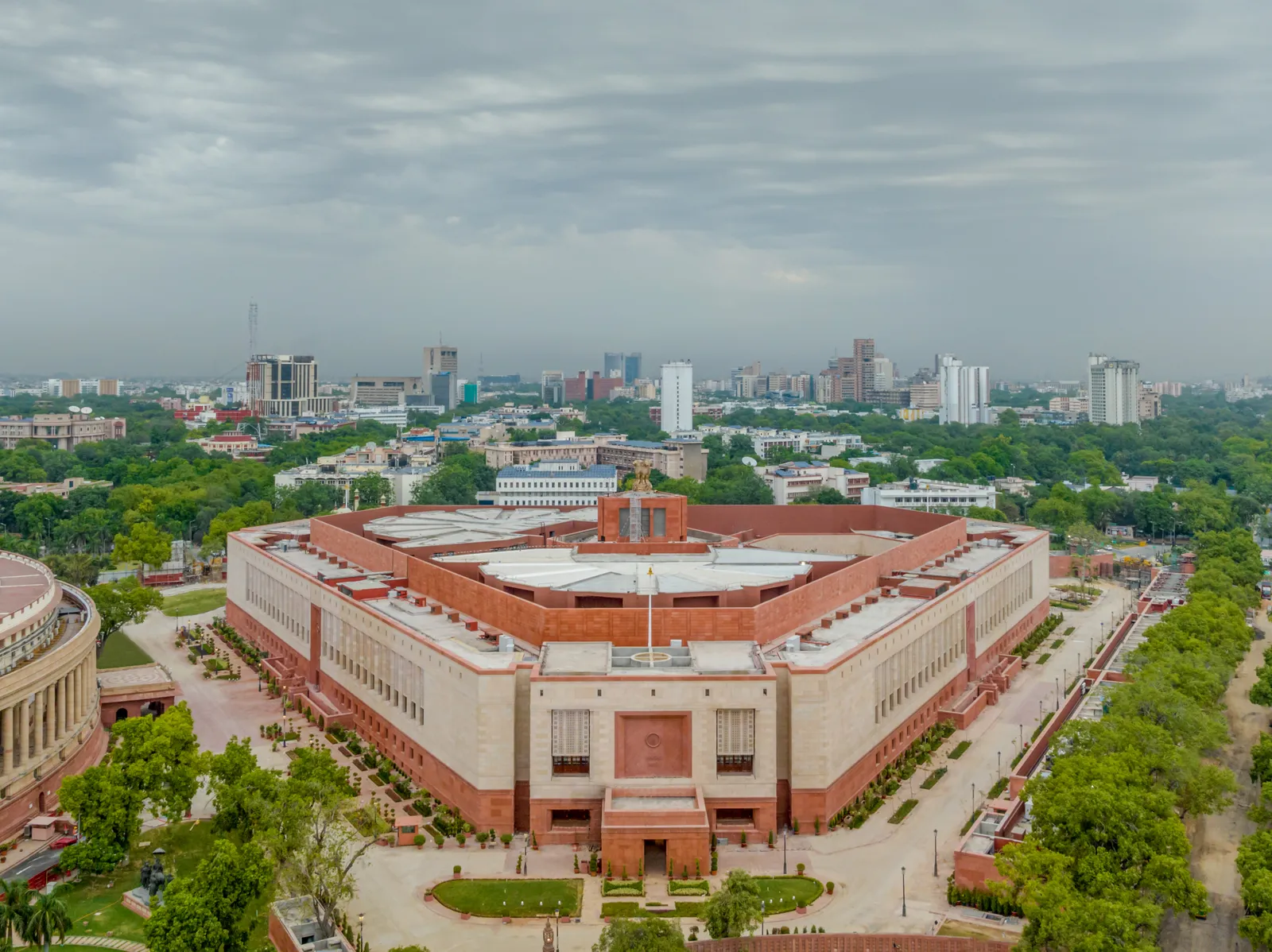Introduction
In a significant stride towards modernizing the country’s legislative infrastructure, the Indian government has embarked on a transformative journey that entails the redevelopment of the Old Parliament Building, an iconic symbol of India’s democratic heritage. The Old Parliament Building has served as the epicenter of India’s parliamentary proceedings for seven decades, witnessing historic debates and legislative reforms. As the nation evolves, so too must its legislative infrastructure. This article delves into the intricate details surrounding the redevelopment of this historically significant edifice, exploring the motivations, plans, and implications of this monumental undertaking.

Historical Significance
The Old Parliament Building, designed by the distinguished British architect Edwin Lutyens and Herbert Baker, was inaugurated in 1927 during British colonial rule. It has since been a testament to India’s parliamentary democracy and political evolution. This architectural marvel symbolizes the ideals of the country’s founding fathers and stands as a repository of India’s legislative history.
The Motivation Behind Redevelopment
The decision to redevelop the Old Parliament Building is primarily rooted in the need for modernization and expansion of parliamentary infrastructure. With the growth of the Indian population and increased responsibilities of the Parliament, there is an inherent need to augment the facilities available to lawmakers. The existing building, although steeped in historical significance, is constrained in terms of space, technological capabilities, and accessibility. This redevelopment aims to address these limitations and ensure the smooth functioning of India’s democratic institutions.
The Central Vista Project
The redevelopment of the Old Parliament Building is part of a broader initiative known as the Central Vista Project, an ambitious urban renewal endeavor focused on transforming the heart of New Delhi. Spearheaded by the Central Public Works Department (CPWD), this project envisions a redesigned central boulevard connecting the Rashtrapati Bhavan and India Gate, with modernized government buildings along its length. The New Parliament Building, a state-of-the-art facility, is a key component of this grand plan.
Key Features of the New Parliament Building
- Enhanced Seating Capacity: The New Parliament Building will be capable of accommodating a larger number of lawmakers, reflecting the growth in the number of members in both houses over the years.
- Technological Advancements: It will be equipped with cutting-edge technology to facilitate efficient legislative processes, including video conferencing, digital voting systems, and advanced security measures.
- Sustainable Design: Emphasizing environmental responsibility, the building will be designed to meet green building standards, incorporating energy-efficient systems and sustainable materials.
- Aesthetic Integration: The architectural design of the New Parliament Building will harmonize with the existing historical structures, ensuring continuity in the visual appeal of the Central Vista.
- Accessibility: The new facility will prioritize accessibility for differently-abled individuals, enhancing inclusivity in the democratic process.
Preservation of Heritage
While the Old Parliament Building will undergo significant changes, the project emphasizes the preservation of its historical essence. Heritage experts and conservationists will meticulously oversee the restoration and refurbishment of the existing structure to ensure that its historical significance is preserved and celebrated.
Public Engagement
The Central Vista Project has been a subject of extensive public debate and scrutiny. The government has undertaken extensive consultations and sought input from various stakeholders, including architects, urban planners, and heritage experts, to ensure that the redevelopment aligns with the aspirations and expectations of the Indian populace.
Conclusion
The transformation of the Old Parliament Building is not merely a construction project; it symbolizes India’s commitment to adapting and modernizing its democratic institutions to meet the evolving needs of a dynamic nation. While the redevelopment is sure to reshape the physical landscape of New Delhi, it also serves as a testament to India’s dedication to preserving its democratic legacy while embracing the future. In the coming years, the New Parliament Building will stand as a beacon of India’s democratic spirit and its determination to uphold the principles upon which the nation was founded.